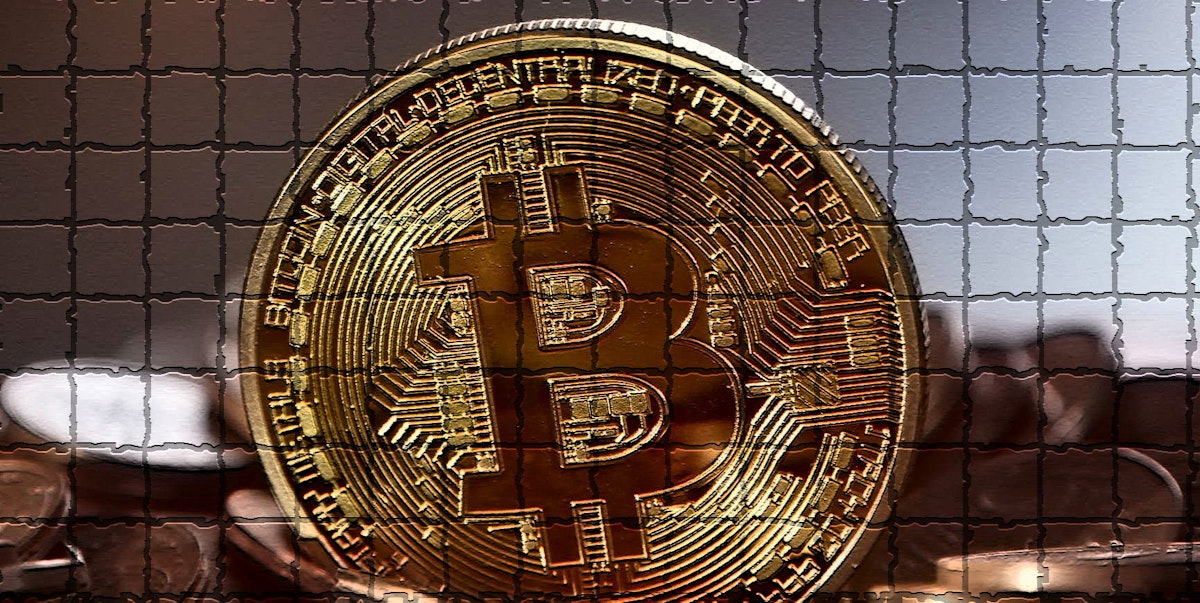4,362 reads
The Cryptocurrency Confusion

Too Long; Didn't Read
In his fundamental book, Money and the Mechanism of Exchange, English economist William Stanley Jevons explains that currencies address a central economic problem: the coincidence of wants. The phrase describes the conundrum inherent to barter where the parties of the transaction have to agree to sell and buy each other's goods.Managing Partner, Sustany Capital
About @kameir
LEARN MORE ABOUT @KAMEIR'S
EXPERTISE AND PLACE ON THE INTERNET.
EXPERTISE AND PLACE ON THE INTERNET.
L O A D I N G
. . . comments & more!
. . . comments & more!

